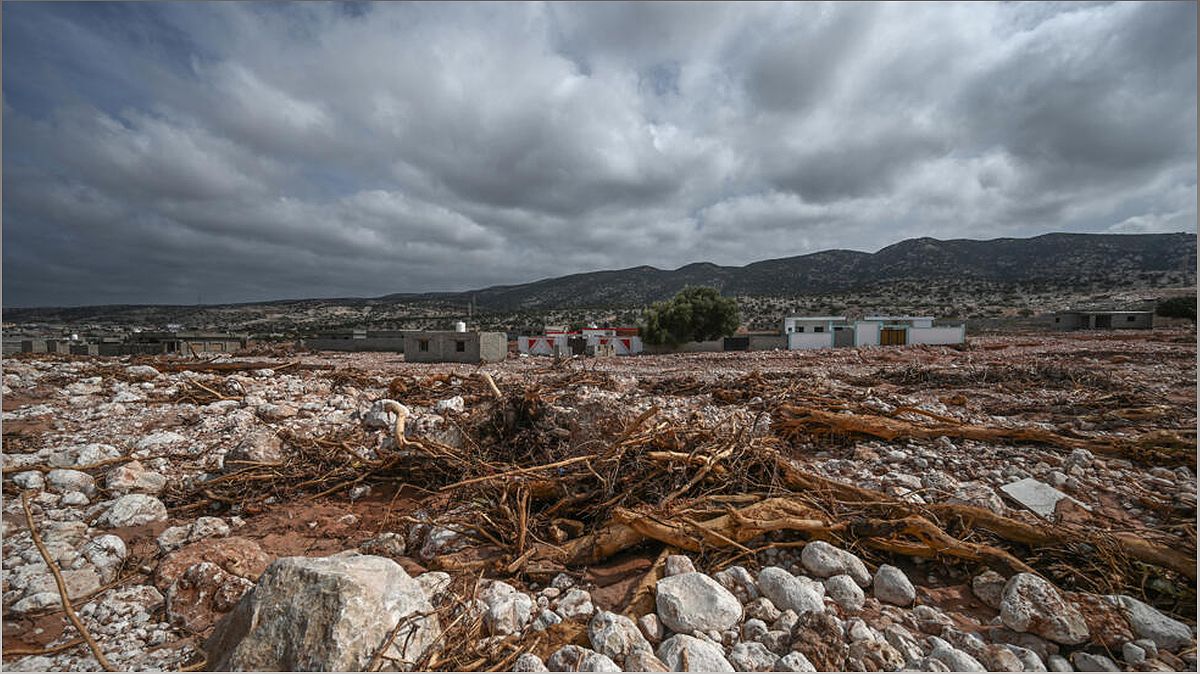In the face of escalating climate disasters, the urgent need for a Loss and Damages Fund to support countries grappling with the consequences is undeniable. However, despite promising breakthroughs, critics warn that the fund's viability is hindered by ongoing disputes and lack of clarity. This article delves into the challenges surrounding the establishment of the fund, exploring the issues of funding, visibility, and management. Join me as we unravel the complexities of this critical topic and shed light on the path towards climate justice.
The Urgent Need for a Loss and Damages Fund
Explore the pressing need for a Loss and Damages Fund to support countries affected by climate disasters.
Climate disasters have wreaked havoc on vulnerable countries, causing immense suffering and devastation. The urgent need for a Loss and Damages Fund arises from the recognition that adaptation and mitigation measures alone are insufficient to address the consequences of climate change. This fund aims to provide speedy, accessible, and debt-free finance to support affected nations in their recovery and resilience-building efforts.
However, despite promising breakthroughs, the establishment of the fund faces significant challenges. The lack of clarity surrounding funding sources, allocation, and long-term commitments hinders the ability of affected countries to plan and implement necessary measures. Let's delve deeper into the obstacles and complexities that prevent the Loss and Damages Fund from becoming a workable solution.
The Disputes over Funding and Resourcing
Uncover the ongoing disputes over funding and resourcing that hinder the effectiveness of the Loss and Damages Fund.
One of the major hurdles in establishing the Loss and Damages Fund lies in the lack of visibility over who will contribute to the fund and how much money will be made available. While developed countries may make commitments, it remains uncertain whether these commitments will be consistent and recurring.
Moreover, there is a crucial need to differentiate between funds allocated for adaptation and those intended for loss and damages. Without clear delineation, there is a risk of double accounting and misallocation of resources. The international community must ensure that the funds dedicated to addressing loss and damages are additional and not merely a repurposing of existing financial commitments.
The Challenges of Fund Management
Examine the challenges associated with managing the Loss and Damages Fund and the concerns over the World Bank's role.
The management of the Loss and Damages Fund presents its own set of challenges. The recent decision to appoint the World Bank as the interim administrator for the fund has raised concerns among developing countries. The fund's purpose, centered around grants rather than loans, may not align with the World Bank's loan-based business model.
Additionally, there are apprehensions regarding the influence of wealthy nations over the fund's management, given their predominant role as donors to the World Bank. The experiences with similar international financial mechanisms, such as the Green Climate Fund, have shown that the process of accessing funds can be slow and ineffective, raising doubts about the World Bank's ability to expedite support to affected countries.
The Delicate Issue of Liability and Compensation
Unravel the complex discussions surrounding liability and compensation in the context of loss and damages.
The issue of liability and compensation has been a contentious topic in climate negotiations. The Paris Agreement itself imposed a taboo on the words 'liability,' 'compensation,' and 'reparations.' While vulnerable countries advocate for compensation as a form of climate justice, wealthier nations emphasize voluntary contributions and distance themselves from any notion of liability.
Defining loss and damages legally and disentangling the fund from compensation claims have been ongoing challenges. However, civil society voices continue to advocate for climate reparations and ensure that the fund remains a mechanism for solidarity and support.

